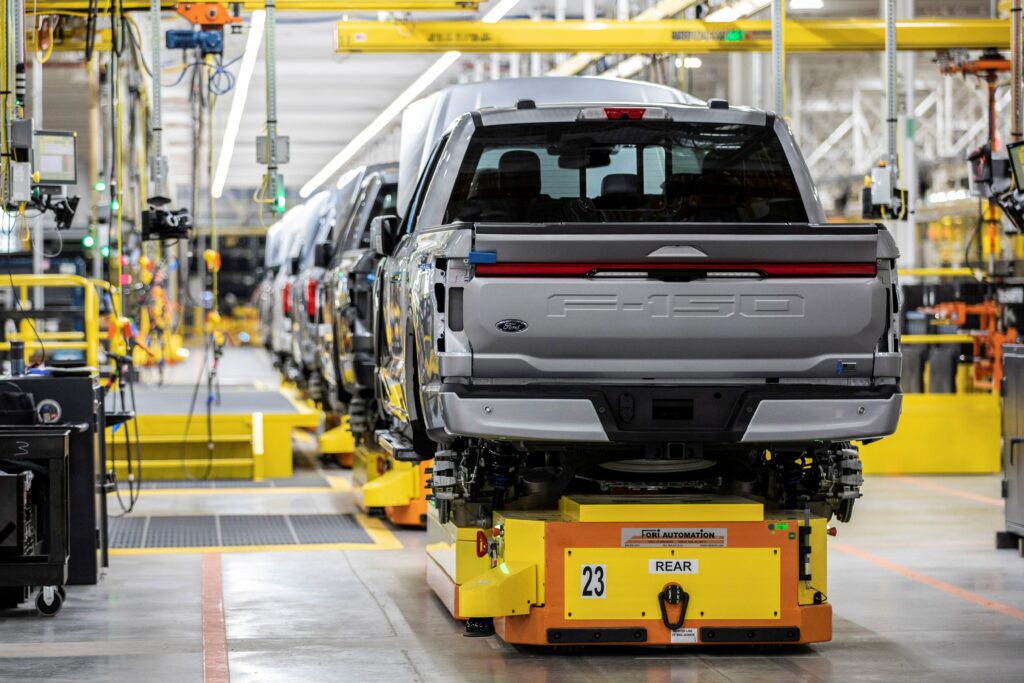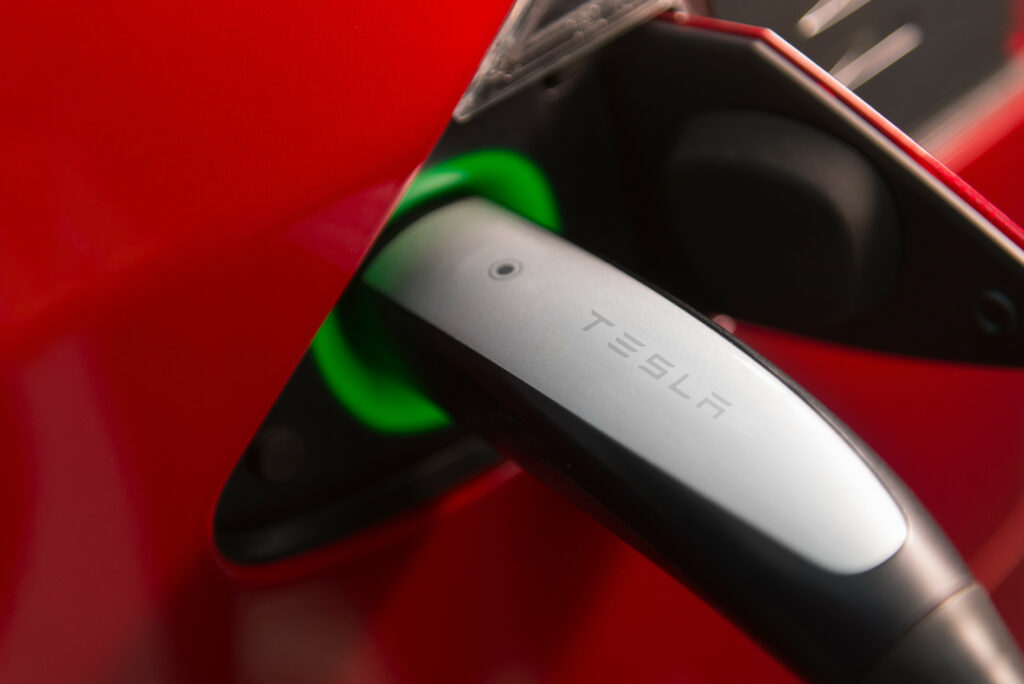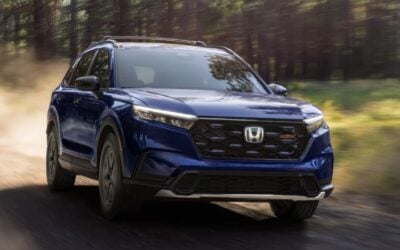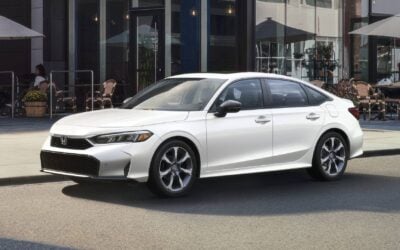
The Environmental protection Agency (EPA) unveiled its most stringent tailpipe pollution limits to date, a move that could significantly boost electric vehicle (EV) sales in the United States. These new emissions standards will apply to vehicles for the 2027-32 model years. The rules aim to decrease harmful pollutants from the transportation sector, the nation’s largest source of greenhouse gas emissions. In line with federal incentives and other investments, these new EPA rules are expected to accelerate the ongoing shift toward EVs.
10x Growth By 2032
According to EPA projections, by 2032, EVs could account for 67% of new light-duty vehicle sales and 46% of medium-duty vehicle sales. In 2022, electric vehicles made up 5.6% of new light-duty vehicle market share, and less than 1% of medium-duty vehicle sales. To achieve the EPA’s new goals, there will need to be 10x growth in EV market share in the United States.
See the latest EV market share update.
A recent study looked at driving patterns among medium-duty truck operators and found that 65 percent of medium-duty and 49 percent of heavy-duty trucks are electrifiable today. Poor charging infrastructure and high prices remain the top hurdles still to be overcome for commercial EV adoption.
The proposed new EPA rules are anticipated to save consumers $12,000 over the lifetime of a light-duty vehicle, compared to a vehicle not subject to the new pollution limits. EPA Administrator Michael Regan emphasized that these ambitious standards are achievable.
New proposed Emission Standards
The new standards would require carbon dioxide emissions averaging just 82 grams/mile across an automaker’s total vehicle production by model year 2032. That’s a 56% reduction from the 2026 target. The EPA would impose regulatory penalties on companies that do not move quickly enough toward cleaner vehicle production.
There’s a lot to unpack in the full 700+ pages of the proposed rule. Check it out for yourself here.
Transportation Emissions Targeted

The new EPA regulations, if finalized, could support President Biden’s goal of having half of all new vehicles sold in the U.S. be zero-emission by 2030. This plan is essential for meeting U.S. commitments to reducing emissions. The U.S. aims to achieve 100% carbon pollution-free electricity by 2035, and attaining net-zero emissions economy-wide by 2050.
Greenhouse gas emissions from transportation account for about 27 percent of total U.S. greenhouse gas emissions. Transportation is the largest contributor of U.S. emissions. Although medium and heavy-duty trucks make up only 10 percent of the vehicles on the road, they produce 25 percent of all greenhouse gas emissions from transportation.
The Best (and Worst) Electric Cars in 2023
As electric vehicle adoption continues to grow, the automotive industry faces the challenge of accelerating electrification plans in response to these crucial regulatory changes.













0 Comments